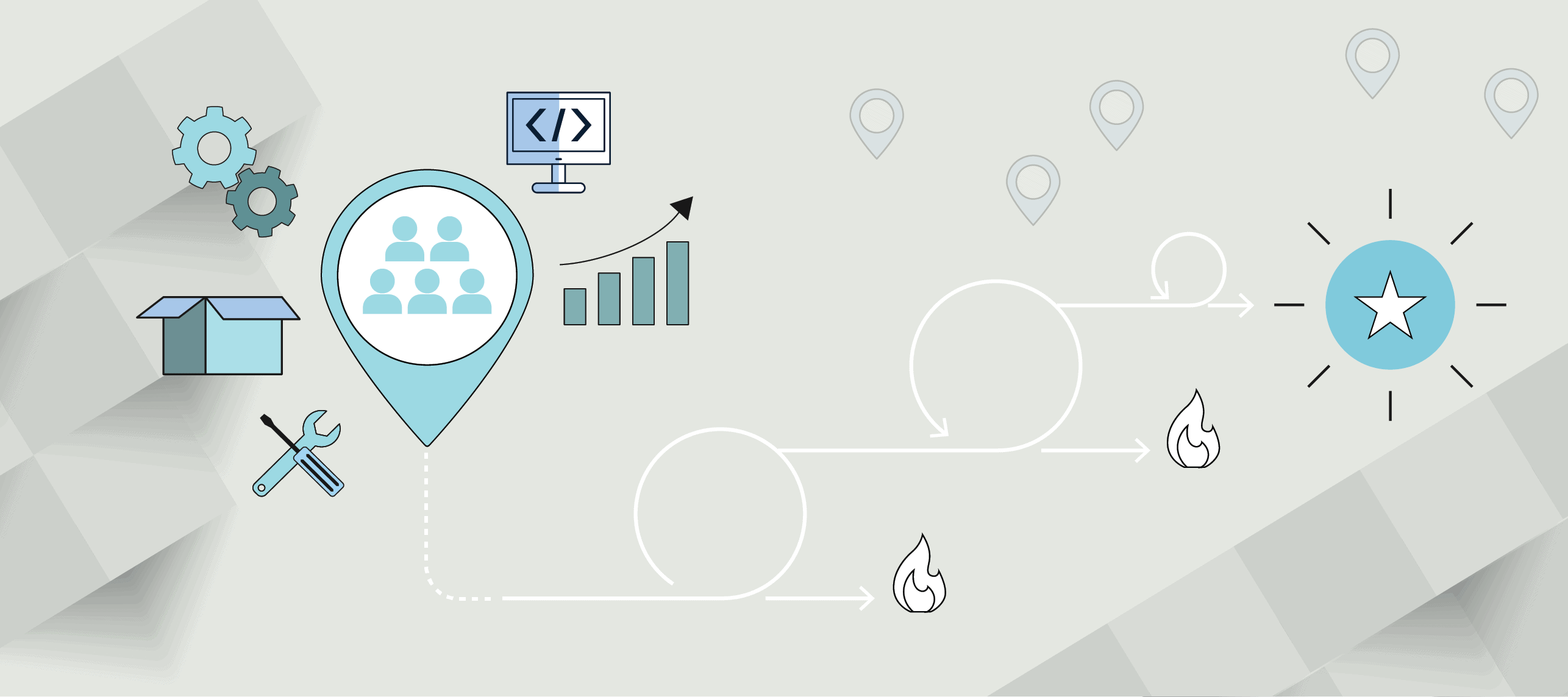The question of whether design thinking is the domain of the privileged hadn’t crossed my mind until a trip to Madagascar in March 2019. I was scheduled to lead a workshop on branding and had planned to use design thinking principles as the foundation for brand development.
However, it quickly became clear that my audience had little, if any, access to design education. The concepts I wanted to focus on wouldn’t resonate.
I had taken for granted learning fundamental design principles through my architecture studies—principles that had also taught me how to think and problem-solve.
LACK OF ACCESS TO DESIGN EDUCATION
Most of us learn design thinking in post-graduate education or gain on-the-job experience working for brands that employ this methodology. But not everyone has access to those opportunities and without a learned balance of empathy, iteration, creative confidence, strategy, and so on, it can be difficult for some individuals to break into the various fields of design.
But it’s not just individuals living in impoverished countries who lack access to this required skill set, and the experience I had with a small group of Malagasy community leaders wasn’t unique. It happens everywhere. Creative fields have become increasingly exclusive and privileged for many reasons. For example, poor communities often are disconnected from the arts, let alone creative agencies. From a young age, children in low-income families are provided less access to arts education, according to the nonprofit organization, Americans for the Arts.
Without that experience, the types of individuals who are funneled into design programs and career paths are siphoned off, effectively leading to an absence of cognitive diversity among design teams.
If we’re aiming for a human-centered approach to solving customers’ problems but we bring limited perspectives and worldviews to the table, do we run the risk of solutionism?
SOLUTIONISM VS. REAL SOLUTIONS
There is no denying that design thinking has its place in product development and marketing. It provides a method for solving problems intuitively and has stimulated the creation of many life-changing products and services.
However, design thinking in product development and delivery also can lead to solutionism rather than solving real human and societal problems—especially if we’re not intentional about getting diverse mindsets around the design table. This can lead product managers and designers to solve problems that may not truly be problems or hypothesize solutions that don’t really get to the root of the problem.
Product management starts with the best intentions—conducting market research and talking to customers—but if those intentions start and end there, then we’ve already theorized a problem from a somewhat limited perspective and that becomes the basis for our research. That data is then used to architect a solution, which can lead to a flawed and biased solution right off the bat.
DESIGNING FOR—AND WITH—THE PEOPLE
To avoid the risk of solutionism, we must hypothesize and architect alongside people with diverse experiences and backgrounds. We must take a critical look at who we’re involving in the process and, more important, who we’re excluding.
For instance, if the goal is to solve the education issue and make advanced education more accessible to all, solutions can’t only be based on inputs from existing student populations. What about those who never made it into the system? How do we meet those individuals’ needs? We must increase access within our design teams as well as to the individuals we’re interviewing and sourcing for feedback.
TEARING DOWN THE WALLED GARDEN OF DESIGN
Product professionals—designers, managers, marketers—have a responsibility to integrate more diverse perspectives in the product development and design process, especially considering the tremendous power we have in shaping human and societal habits and behaviors. And “diversity” doesn’t only equate to race, gender, or socioeconomic status—though those are great starting points.
The focus on diversity should include experiences, too. It’s only through a wide swath of experiences that we can see the world through various lenses and overcome the risk of developing solutions based on a myopic view.
To include more diverse perspectives, organizations and product teams must think about how to make product design and development more accessible. This could mean:
- Hiring outside of traditional paths: Provide individuals who have been walled off from access an opportunity to learn and grow with your company.
- Work within the community: Introduce and offer design training to underserved communities.
- Make diversity and inclusion a priority: Again, this doesn’t mean simply race or gender, but also look for diverse experiences and perspectives.
These seemingly small, but collective efforts will make a massive impact and begin to tear down the wall of privilege in design. This will better equip product leaders to solve real-world issues with greater accuracy and build better, more sustainable products.
More important, however, the more access people have to the incredible tools, skills, and methodologies that an education in design affords, the better equipped they will be to solve some of the most pervasive and critical problems in their own communities.
Find these related resources on PragmaticInstitute.com
Certification Courses
Articles
- From the “Black Box” to the Sandbox: Advancing Product Management and Design Collaboration
- Building Product Strategy with Design Thinking
- Innovation by Design
Author
-

John B. Johnson is principal and identity architect at a small studio. Follow him on Twitter or connect with him on LinkedIn.
View all posts








